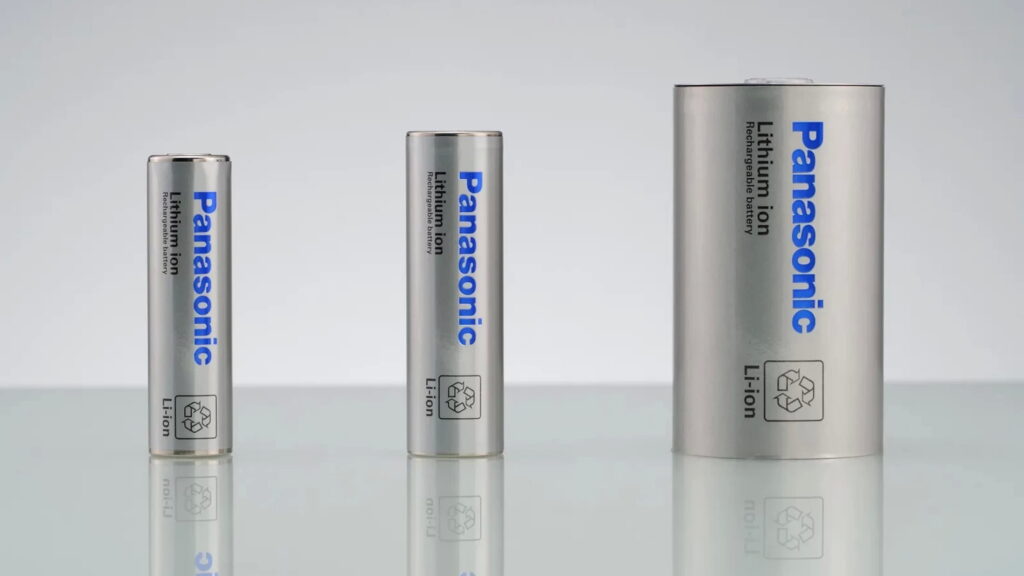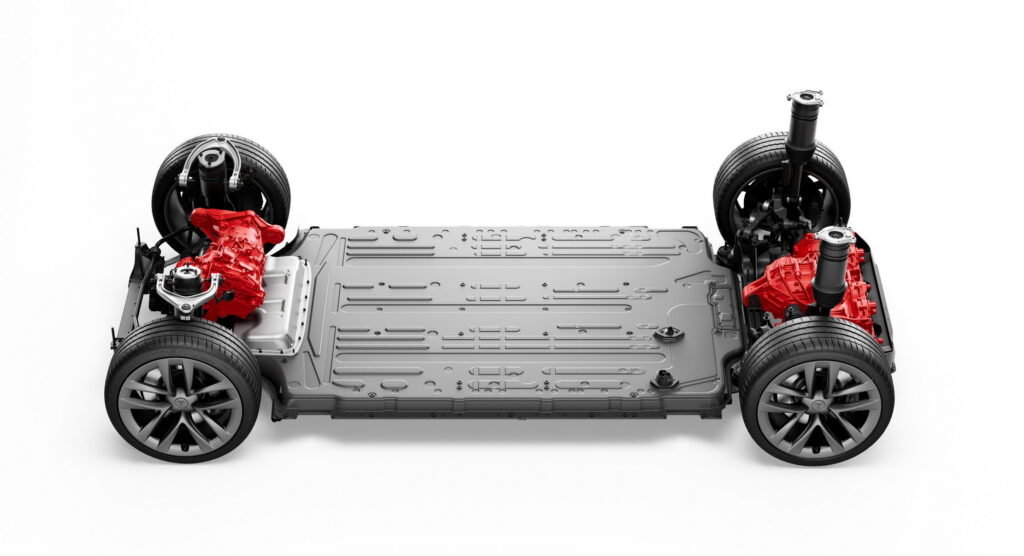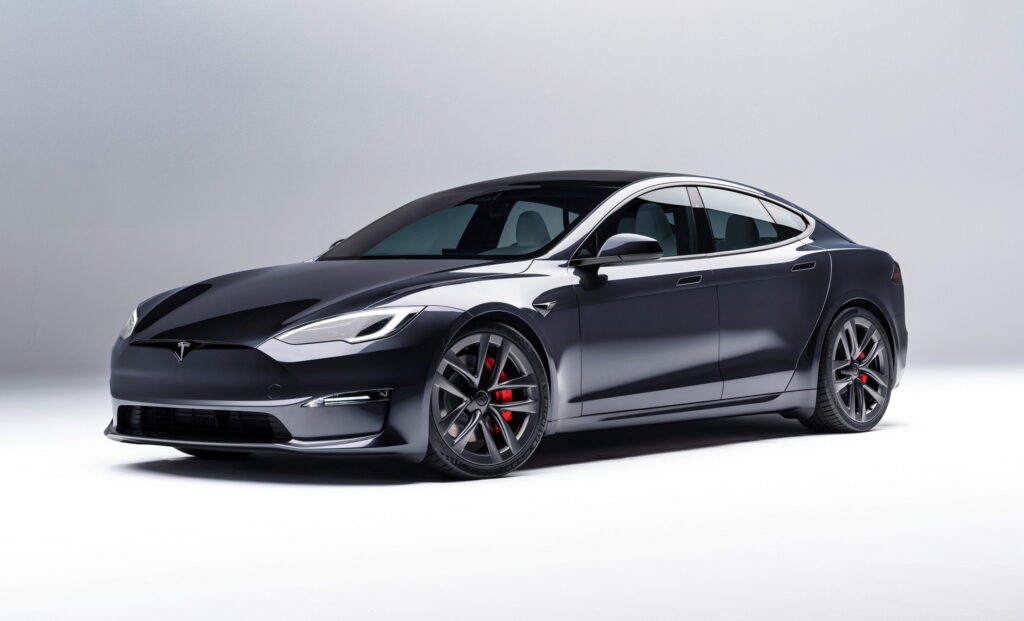Sila Nanotechnologies has a new way to make silicon anode batteries that could increase EV range by up to 40 percent while drastically shortening charging times
1 hour ago
 –>
–> 
–>
Panasonic is collaborating with Sila Nanotechnologies, a California-based company co-founded by Tesla’s seventh employee, to improve lithium-ion battery anodes for electric vehicles (EVs). This new partnership seeks to extend EV ranges and drastically reduce charging times using Sila’s silicon-powder technology. The goal is to provide EVs with a 500-mile range and 10-minute fast charging, reducing reliance on Chinese battery supplies and alleviating range anxiety.
The core innovation of this collaboration lies in the novel production of silicon anodes, specifically Sila’s Titan Silicon anode powder. It comprises micrometer-sized particles of nano-structured silicon, serving as a replacement for graphite typically found in conventional lithium-ion batteries.
While existing batteries use graphite for this component, silicon powder theoretically has the potential to store about 10 times more power. However, the challenge arises during charging when silicon-based anodes tend to expand, leading to surface cracking and reduced efficiency. To address this issue, Sila CEO Gene Berdichevsky says that the company combines silicon with graphite to create a structure capable of withstanding cracking.
advertisement scroll to continue
“It took us 12 years and 80,000 iterations to get to this point,” Berdichevsky explained to Wired. “It’s like raisin bread, where the raisins are the silicon, and there’s the squishy matrix around the raisins with a big outer rind on the particle itself. The rind holds the space, and the bread moves aside when the raisins expand. The scaffold is not holding the silicon—it’s accommodating the expansion.”
Read: Our Next Energy’s EV Batteries Power BMW iX To An Incredible 608-Mile Range

The technology is also variable, allowing battery manufacturers to replace anywhere from 50 to 100 percent of the graphite in a lithium-ion battery, Berdichevsky claims. With a fully converted anode, a battery could deliver 40 percent more range, and could be charged to 80 percent in the amount of time it takes to fill a gas tank.
The result of 12 years of research, Sila’s anode technology is also important because of its ability to improve lithium-ion batteries. Panasonic believes that the benefits promised by silicon anodes could improve efficiency to levels similar to solid-state batteries, while also being easily integrated into existing production processes.
Meanwhile, silicon is the second-most common element in the earth’s crust (the first is oxygen), making it abundantly available to battery manufacturers. Berdichevsky argues that by focusing on next-gen battery technology like this, North American producers could compete with Chinese manufacturers, that have access to cheap graphite.
“[Silicon anode] really is an opportunity for the US to take the lead in manufacturing next-generation battery technology rather than playing catch-up and trying to make graphite as cheap as China can, which is a fool’s errand,” he told the Financial Times.
In turn, that would help automakers meet sourcing requirements set out by the Inflation Reduction Act, allowing their vehicles to qualify for up to $7,500 in tax incentives. Meanwhile, the clean energy used by Sila’s Moses Lake, Washington, manufacturing facility, will help it meet carbon requirements set out by the European Union.
It’s not clear when this technology will make it into electric vehicles, but Sila will be racing against companies like Group14, which is working with Porsche, to prepare it for large scale manufacturing. It is also not clear what automaker will benefit from these new Panasonic batteries, but the company has worked extensively with Tesla in the past, though it also has relationships with others.

